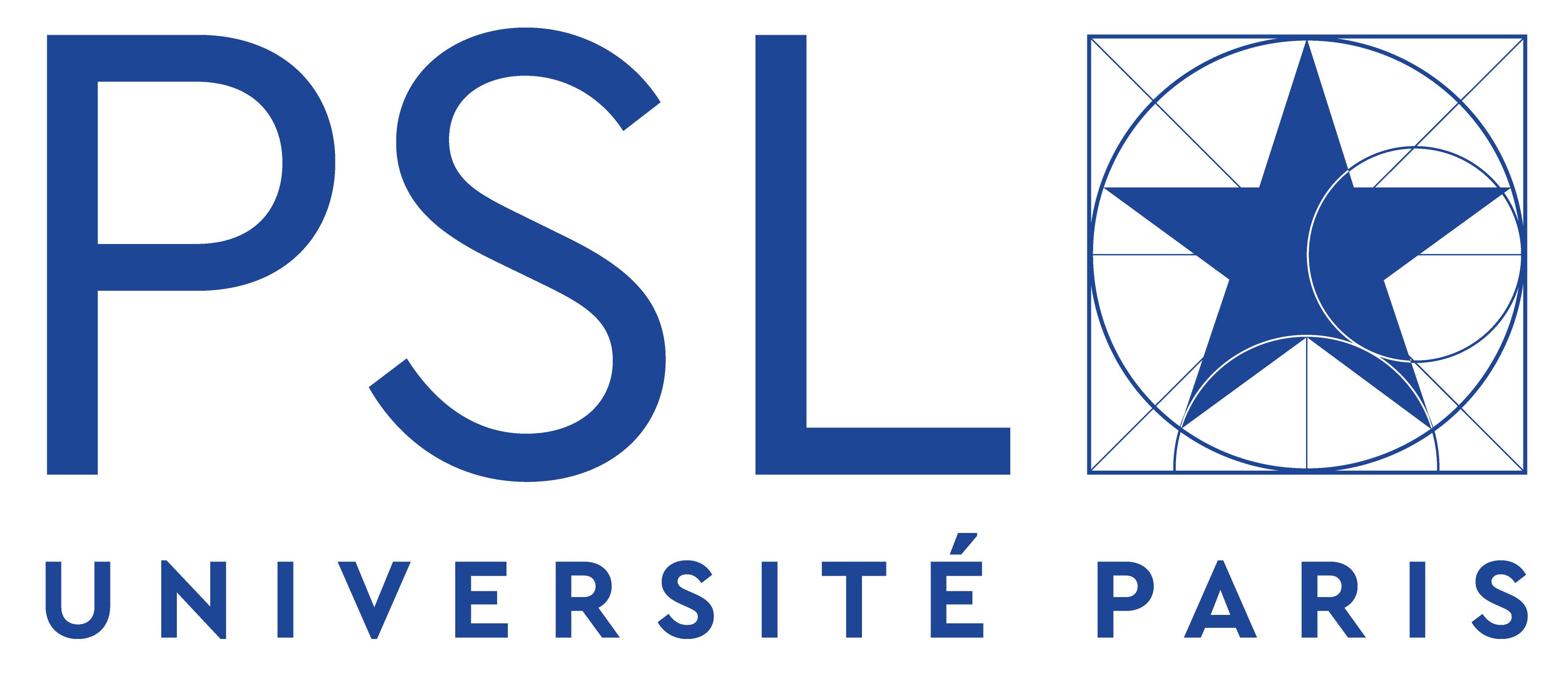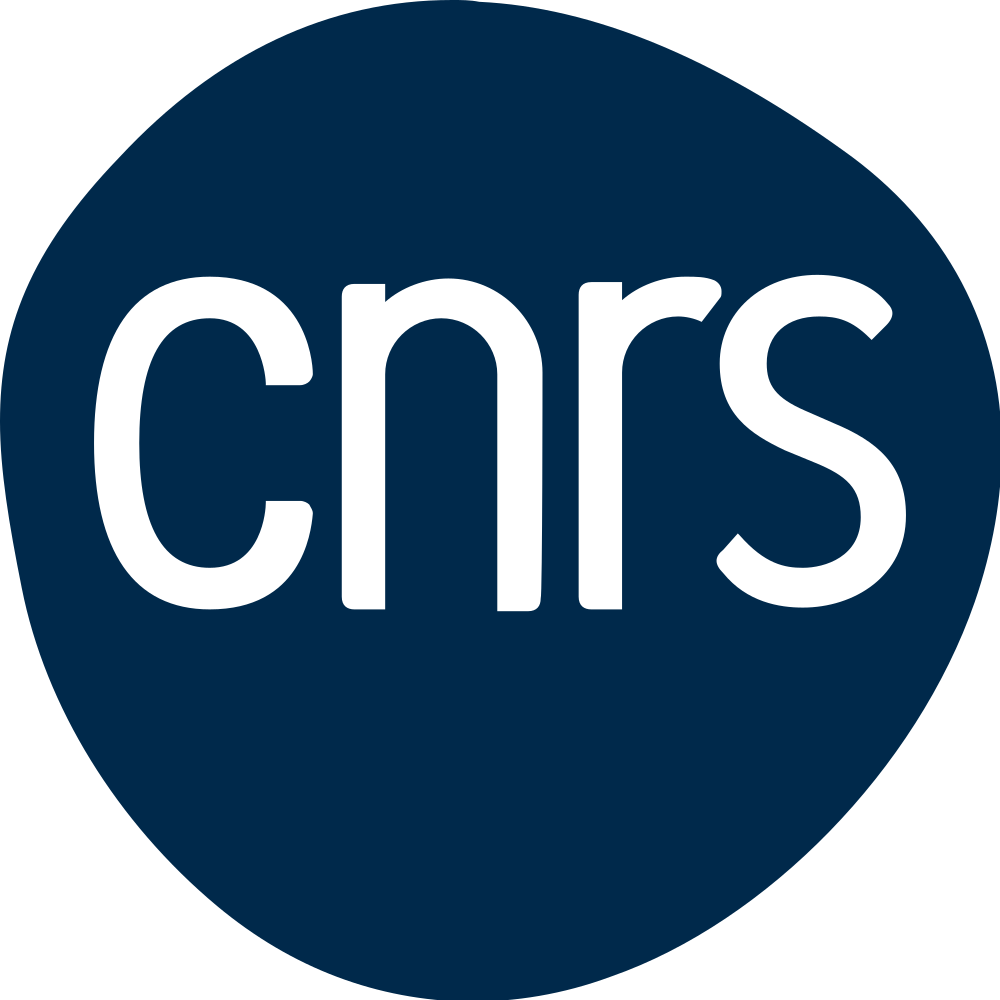|
Home
|
Group Members
|
Publications
|
Collaborations and Funding
|
Gold nanostructures
We develop self-assembly strategies of gold nanoparticles (AuNP) based on DNA templates. It is possible to conjugate gold nanoparticles as large as 40 nm with a single DNA strand as short as 10 nm using electrophoretic purification (see Figure 1).

Figure 1 : Electrophoretic purification of 36 nm particles attached to 30 base pairs (bp) single stranded DNA
Hybridization of the DNA functionalized AuNPs provides well-defined particle groupings with controlled valencies and spacings as verified in electron microscopy (Figure 2). In collaboration with Eric Larquet (LEBS, Gif-sur-Yvette), we use cryogenic electron microscopy (cryo-EM) to characterize the topology of the obtained groupings without the possible influence of drying effects or substrate interactions.

Figure 2 : (a) 5 / 8 / 18 nm AuNP trimers. (b) 27 / 36 nm AuNP dimers linked by a 30 bp double strand.
To verify that the particle plasmon modes are coupled thanks to the short DNA spacers, we estimate the scattering cross-sections in confocal darkfield microscopy. The samples are left in solution using microfluidic chambers that are functionalized with proteins which recognize specific molecules added to the ligand shell of some AuNPs. By shortening the DNA spacer, we increase the dipolar plasmon coupling and produce optical antennas with higher scattering cross-sections (Figure 3). These optical data are compared to generalized Mie theory calculations performed by our collaborators from Marseille.

Figure 3 : (a) Principle of darkfield microscopy. (b) Schematic representation of the microfluidic chamber. (c) Color CCD image of a dimer sample. (d) Scattering spectra of 36 nm dimers with diffrent DNA linkers compared to a single particle (blue line).
Publications
– S. Bidault and A. Polman, Water-Based Assembly and Purification of Plasmon-Coupled Gold Nanoparticle Dimers and Trimers, International Journal of Optics 2012, 387274 (2012)
– M. P. Busson, B. Rolly, B. Stout, N. Bonod, E. Larquet, A. Polman and S. Bidault, Optical and topological characterization of gold nanoparticle dimers linked by a single DNA double-strand, Nano Lett. 11, 5060 (2011)
– S. Bidault, F. J. G. de Abajo, and A. Polman, Plasmon-based nanolenses assembled on a well-defined DNA template, J. Am. Chem. Soc. 130 (9), 2750 (2008)
Hybrid nanostructures
The flexibility of synthetic DNA allows us to assemble different types of nanoparticles. In particular, it is possible to saturate the surface of silver nanoparticles (AgNP) with thiolated DNA strands (Figure 1-a). In collaboration with the group of Maxime Dahan at ENS Paris, we’ve also learned to functionalize commercial Streptavidin coated CdSe Quantum dots (Qdots) with a single DNA single strand (Figure 1-b).

Figure 1 : electrophoretic purification of AgNPs covered with DNA single strands (a) and CdSe Qdots linked to a single DNA molecule (b).
By hybridizing functionalized AgNPs or Qdots with gold nanoparticles (AuNP) linked to the complementary strands, it is possible to get hybrid nanostructures as shown on Figure 2.

Figure 2 : (a) 36 nm AgNP surrounded by 8 nm AuNPs. (b) 655 nm CdSe Qdots linked to a single 8 nm AuNP by a 50 base pairs DNA double strand.









